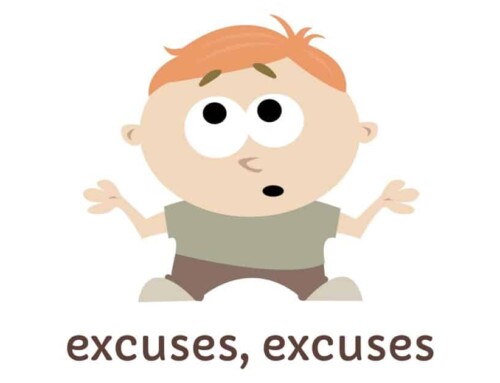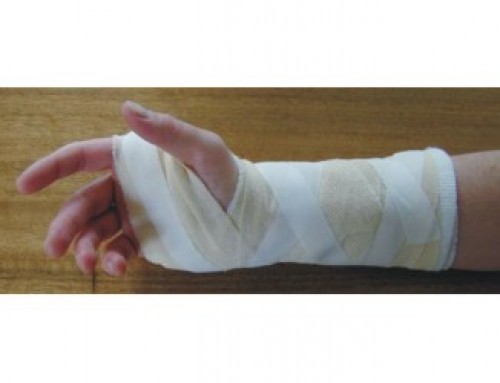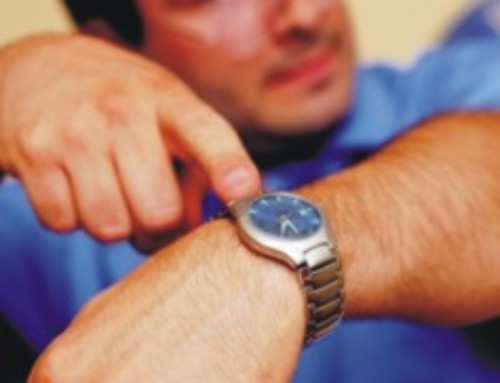Paul always wore coveralls. Even on the hottest summer day. He was a mechanic at the Hope Creek Generating Station and he farmed when he was home. I was the plant’s safety supervisor. Paul was a quiet fellow. Around 60, with a calm demeanor and a dry wit.
One afternoon during my rounds, Paul came up to me and said he wanted to show me a “potential safety hazard.” ‘Sure, Paul, let’s go,’ I replied.
We walked from the maintenance shop to the control point then onto the turbine deck. A bit of a walk, but hey, to discover a “potential safety hazard” was well worth the effort. Plus, it was part of my job.
On the way I asked how his animals and crops were doing this year. When we got to the south-west end of the turbine deck Paul pointed to a support beam way at the top of the building and said “There, that’s the hazard.” I thought he had just played a joke on me, but nope, Paul was serious.
Way up at about 50 feet from the turbine deck, lying on a beam, was a nylon lifting sling. You couldn’t tell if it was wrapped around the beam because most of it was hidden. I turned back to Paul to see if he was kidding me. He wasn’t. “It was probably left there during the end of construction” I said. “Yep.” Paul agreed. And then in his calm voice he uttered on of my favorite lines: “What cha going to do about it?”
I’ve been honest with you all along dear reader. So, now, I’m also going to tell you what I really wanted to tell Paul I was going to do about his sling (but didn’t).
“Nothing!”
With all the other things I had to do and real hazards to attend to a sling that hadn’t fallen for years, that wasn’t above a walkway and would have cost a bunch of money to remove was not going to be worth any more of my time and effort. However, there was Paul. He was a good guy. Everybody liked him. I liked him. This was the first time he had ever reported a hazard to me. So, I wrote down his request on an index card. Then, later, I transferred it to my personal to-do list on the computer which included a list of hazards.
Every now and then I showed Paul my to-do list. “Paul’s Sling,” as it became known in the safety office, was always on my list. (It was usually at the bottom of the list but every now and then just to get a smile out of Paul I moved it up a few places.) In fact, the day I left Hope Creek to start my safety consulting career it was still on my list.
Paul became one of my biggest fans. It helped my reputation and the reputation of our safety & health program. We both knew that nothing would ever be done about that sling unless someone went up there for another reason, but that didn’t matter. I had listened to Paul. I took the time to hear him out and take a not-so-short walk with him. One day he may have told me something that needed urgent attention.
Lesson: Listening is THE most important skill we can hone as safety leaders.
‘till next time.
Richard





